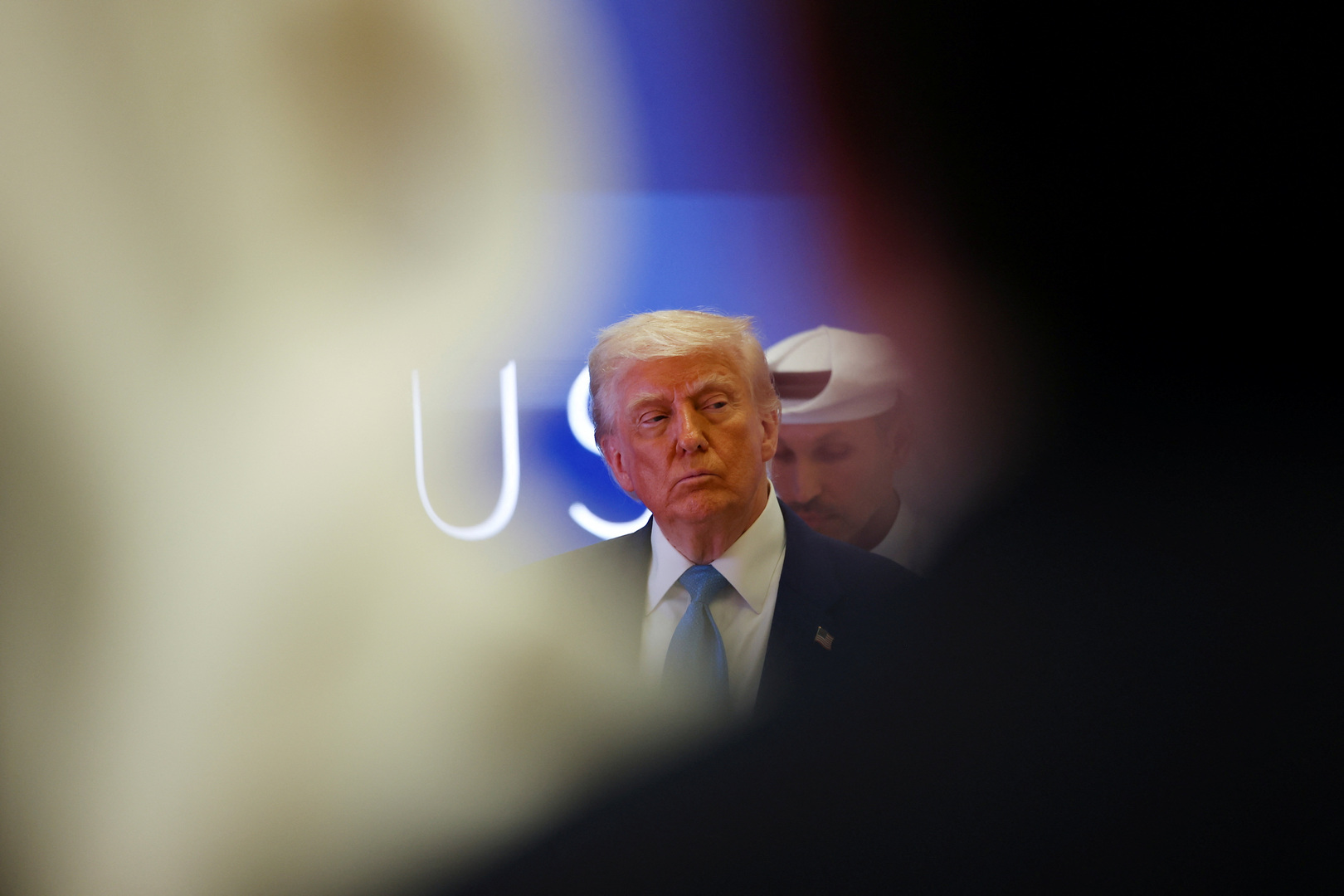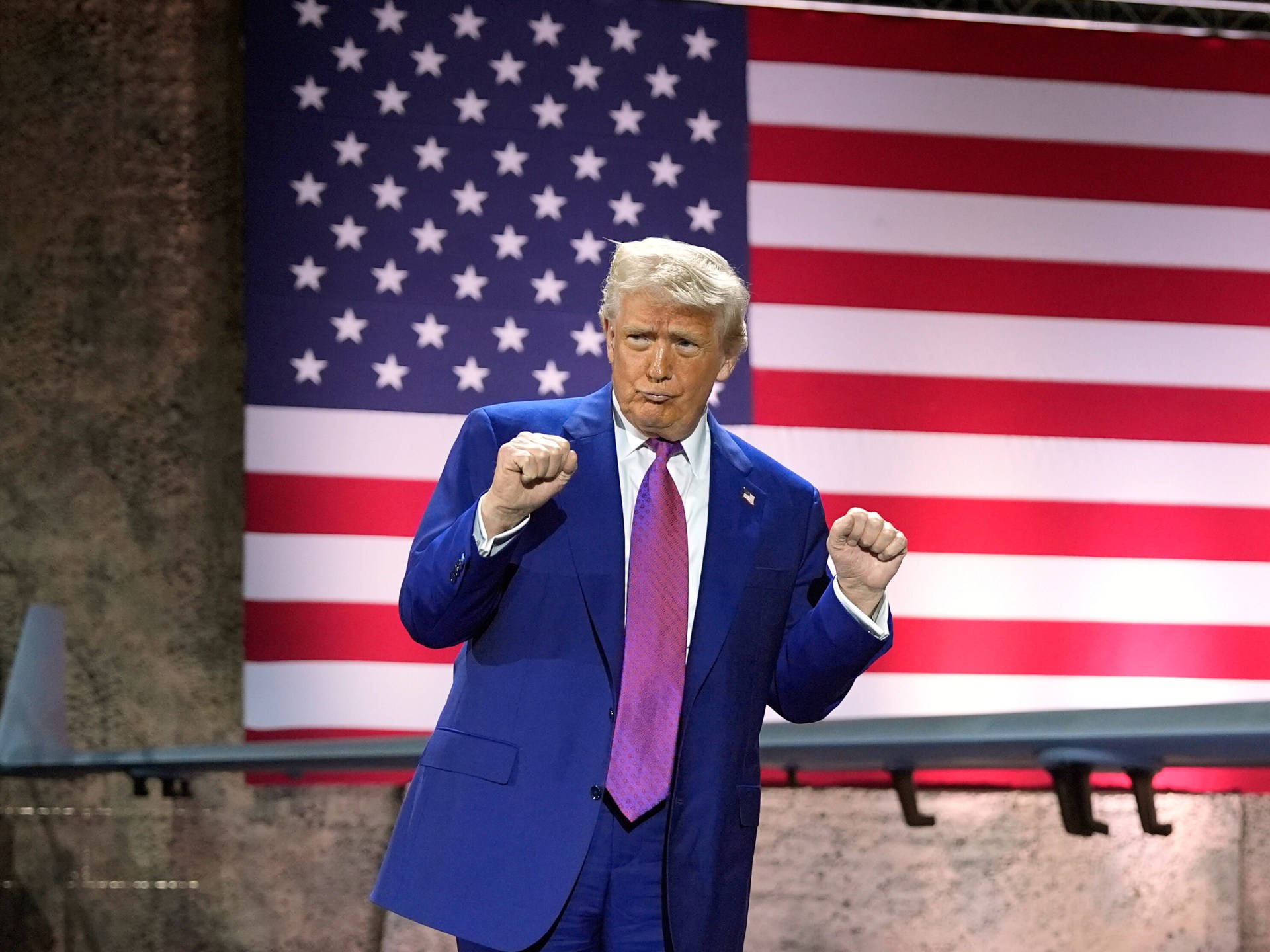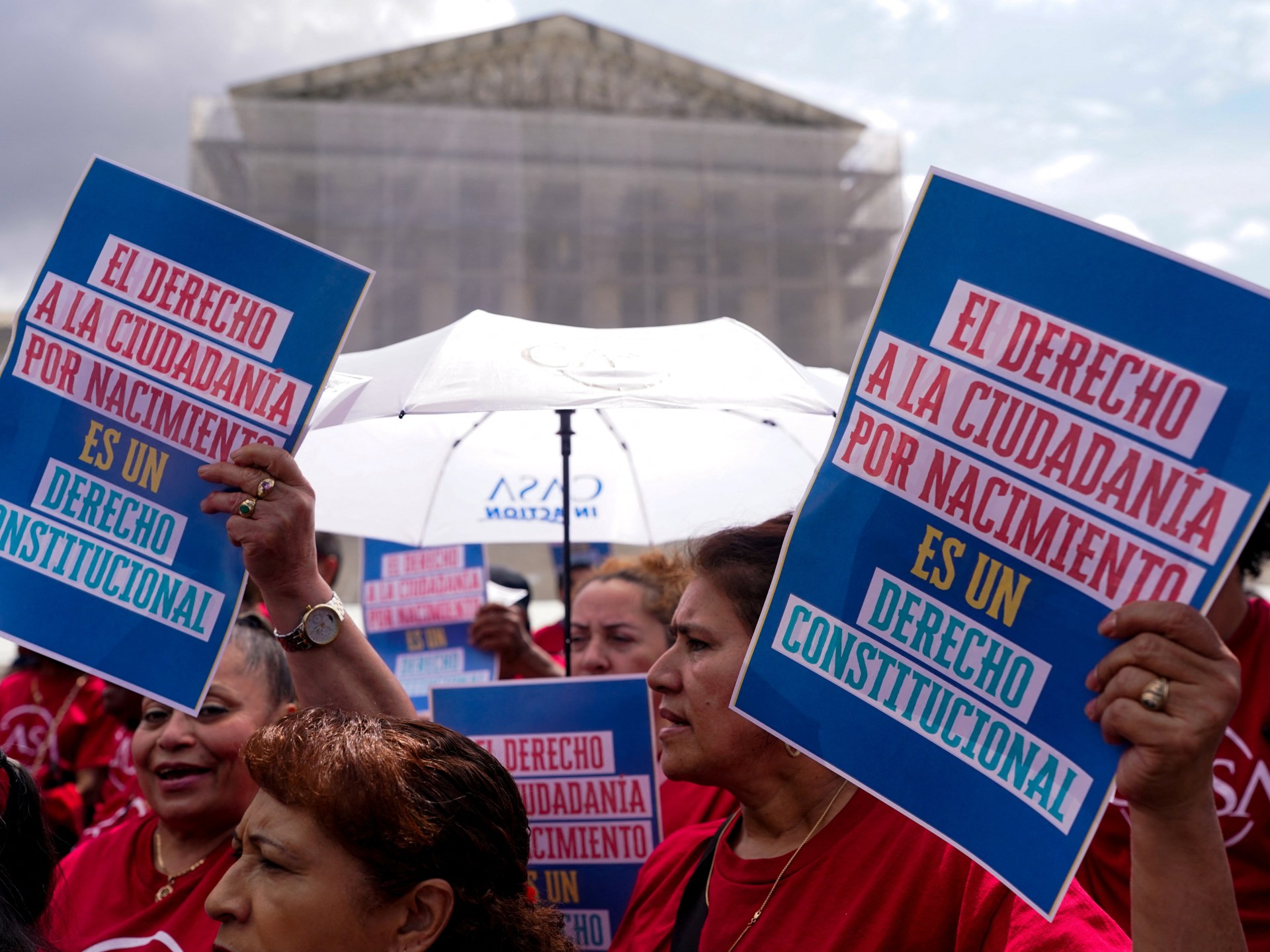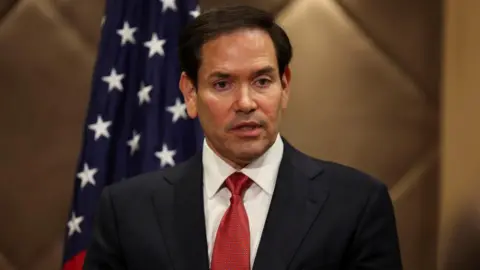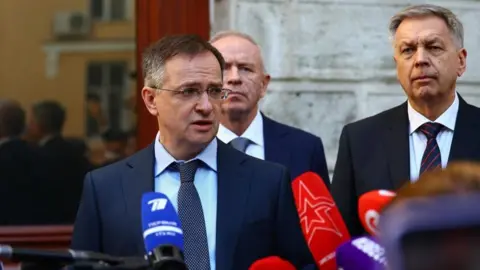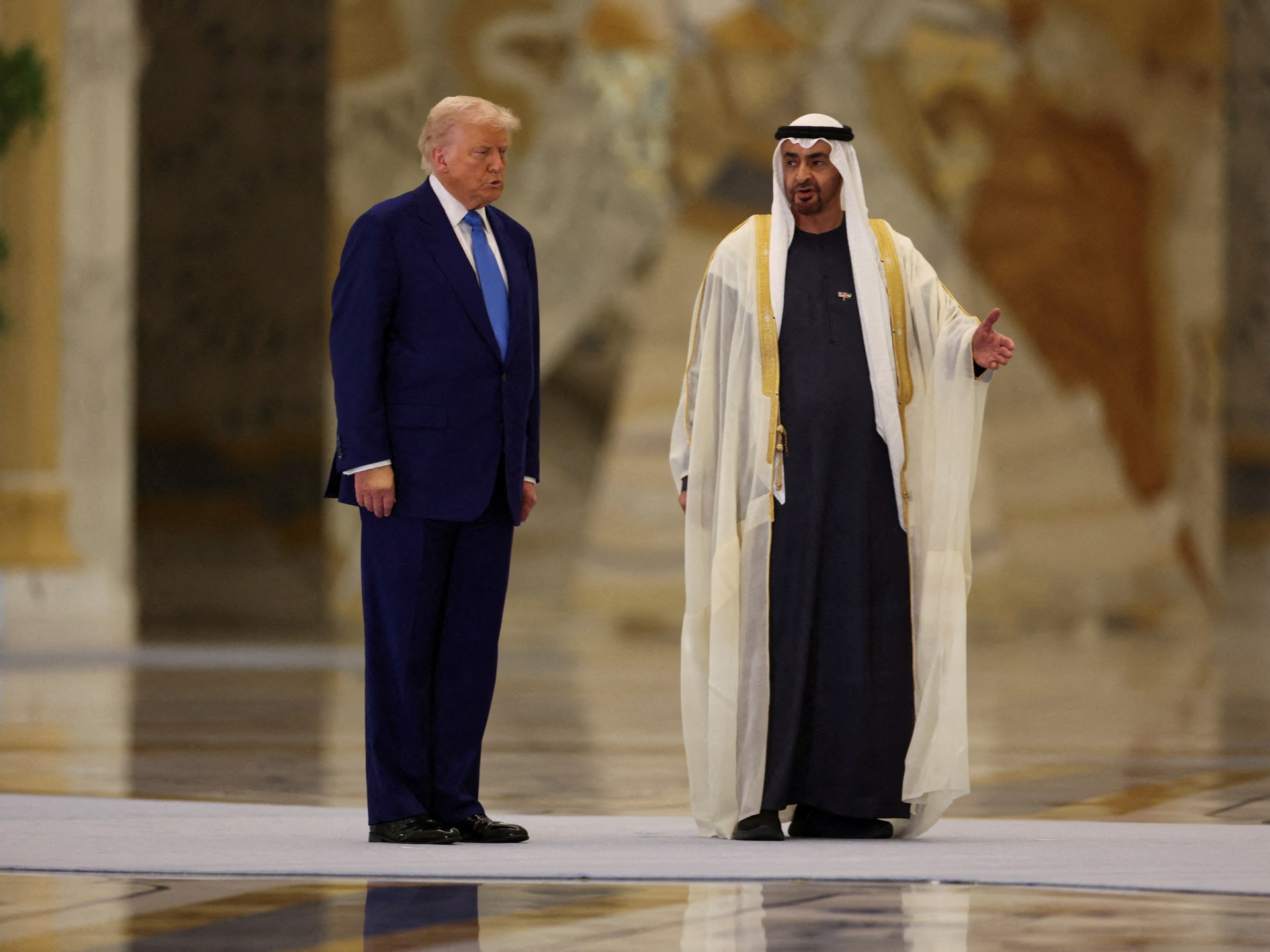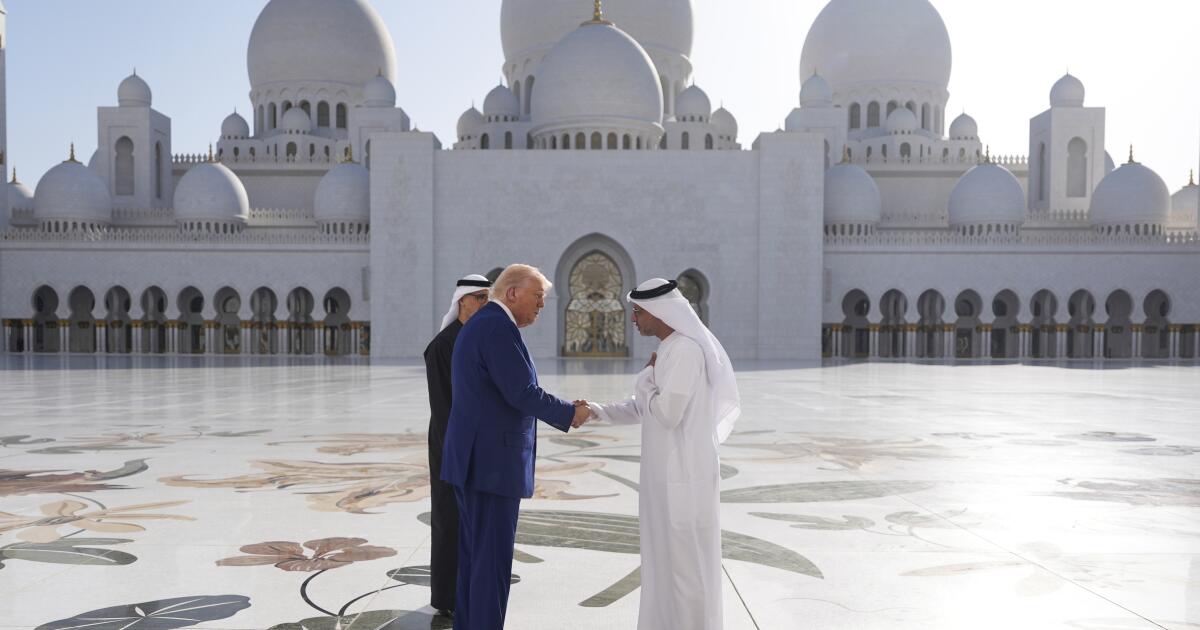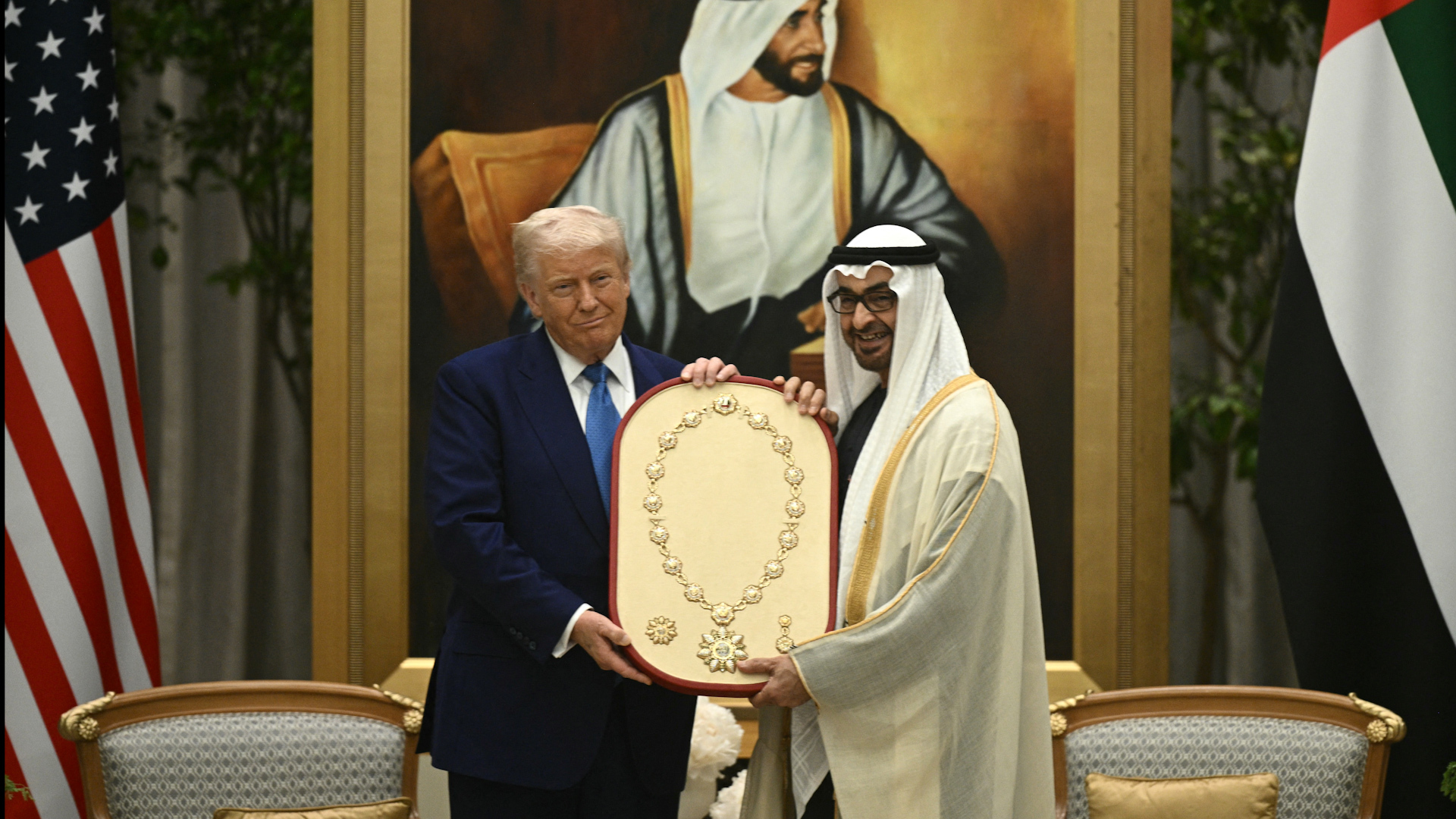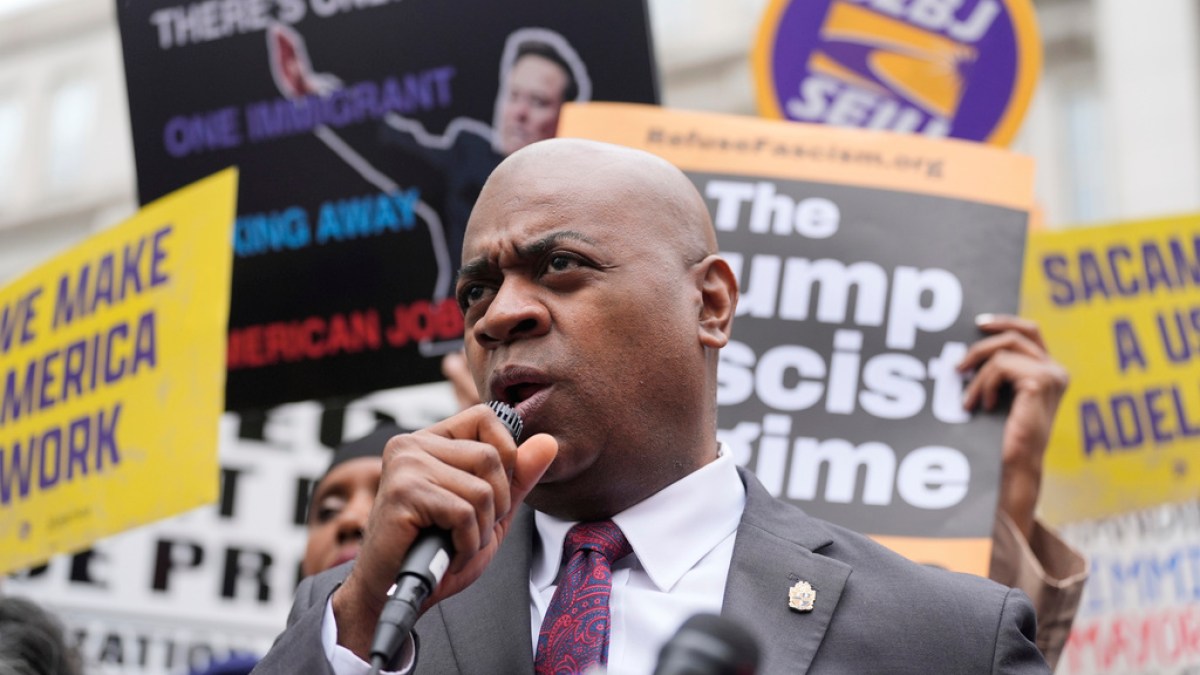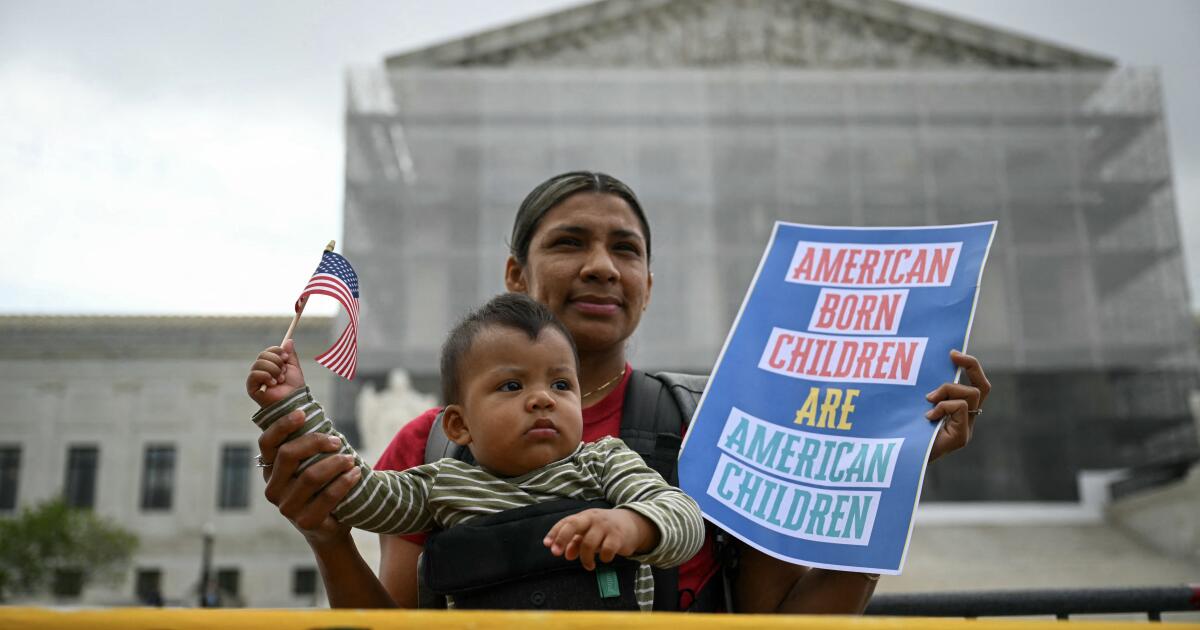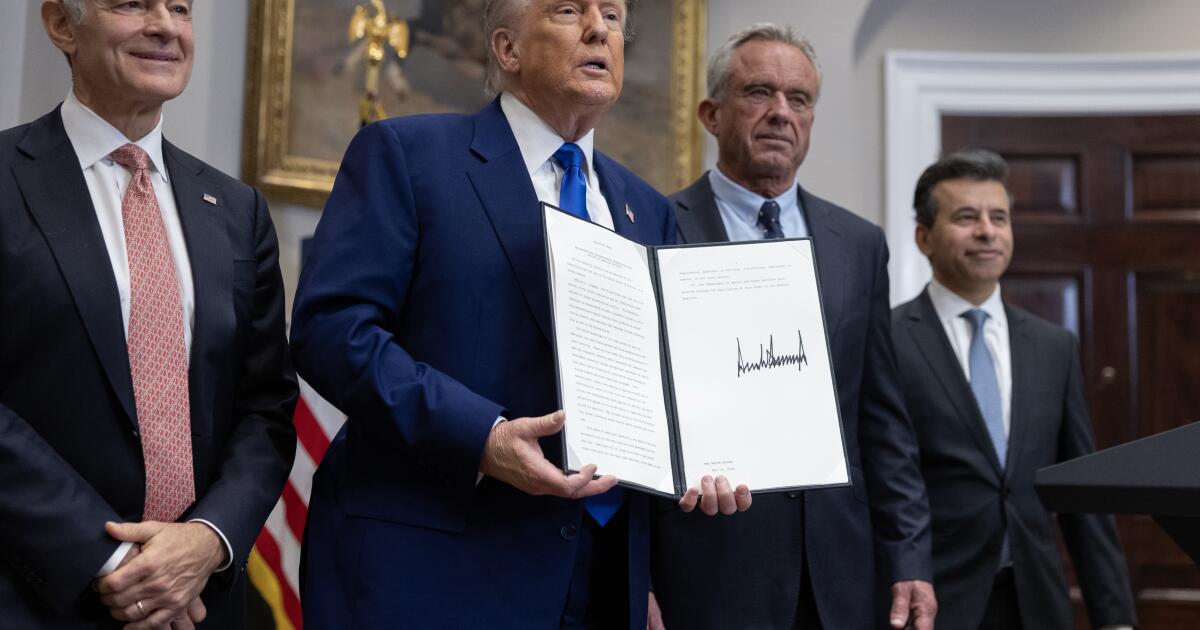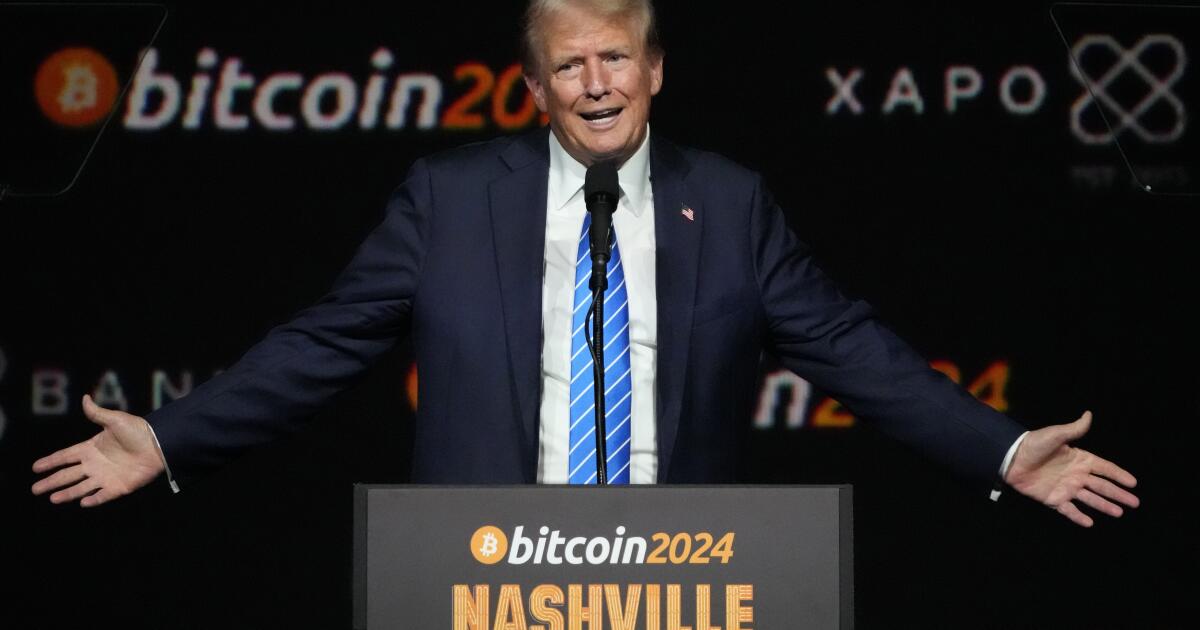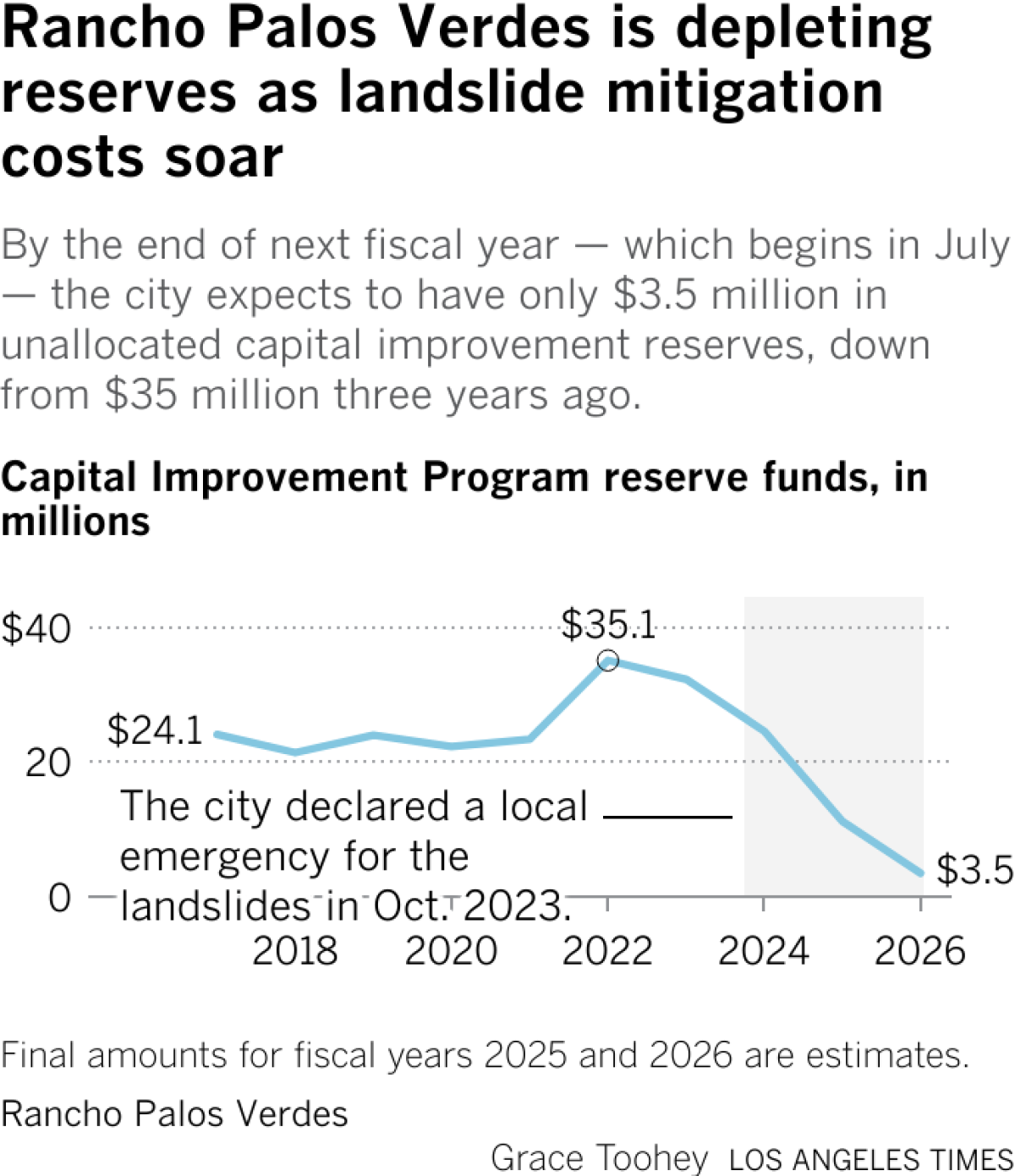Trump’s auto tariffs reignite concerns about GM’s future in South Korea
SEOUL — In South Korea, the Trump administration’s 25% tariff on imported cars has sent local automakers Hyundai and Kia scrambling to protect one of the country’s most valuable exports. But General Motors, which last year shipped 418,782 units from its factories here to American consumers — or 88.5% of its total sales — may be facing a much larger predicament.
Unlike Hyundai and Kia, which control over 90% of the domestic market here, the Detroit-based automaker produces budget SUVs like the Chevrolet Trax or Chevrolet Trailblazer almost exclusively for the U.S. market. The Trax has been South Korea’s most-exported car since 2023.
That business model has made GM, which operates three factories and employs some 11,000 workers in the country, uniquely exposed to Trump’s auto tariffs, resurfacing long-running concerns in the local automobile industry that the company may ultimately pack up and leave.
Until last month’s tariffs, cars sold between the U.S. and South Korea were untaxed under a bilateral free trade agreement. That helped South Korea become the third-largest automobile exporter to the U.S. last year to the tune of $34.7 billion — or around half of its total automobile exports. In contrast, South Korea bought just $2.1 billion worth of cars from the U.S.
Earlier this month, GM executives estimated that the tariffs would cost the company up to $5 billion this year, adding that the company would boost production in its U.S. plants to offset the hit. With additional factories in Mexico and Canada, GM currently imports around half of the cars that it sells in the U.S.
“If the U.S. tariffs remain in place, GM will no longer have any reason to stay in South Korea,” said Lee Ho-guen, an automotive engineering professor at Daeduk University.
“The tariffs may add up to $10,000 to the sticker price on cars shipped to the U.S., while GM sells less than 50,000 units a year in South Korea. There is very little room for them to adjust their strategy.”
Kim Woong-heon, an official in GM Korea’s labor union, said that the union is approaching current rumors of the company’s potential exit with a dose of caution, but added that broader concerns about the company’s long-term commitment remain.
“The cars we’re manufacturing here are on the lowest end of GM’s price range so labor costs will make it impossible to immediately shift production to the U.S.,” he said.
“But we have painful memories of GM shutting down one of its factories in 2018, so we get nervous every time these rumors surface.”
GM Chevrolet automobiles bound for export sit parked at the Port of Incheon in South Korea.
(SeongJoon Cho / Bloomberg via Getty Images)
This isn’t the first time that GM’s prospects in the country have come under question. The company first established itself in South Korea in 2002 by acquiring the bankrupt Daewoo Motor Co. in a government-backed deal that some at the time criticized as “GM taking the cream off Daewoo for almost nothing.”
Struggling to compete with the likes of Hyundai, GM briefly positioned itself as a production base for European and Asian markets until its bankruptcy in 2009.
Amid the global restructuring efforts that followed, concerns that it would close its South Korean operations led the government to once again intervene. In the end, GM stayed after receiving $750 million in financing from the country’s development bank on the condition that it would remain open for at least 10 more years.
But in 2018, the company closed its factory in the city of Gunsan, which had employed around 1,800 workers, and spun off its research and development unit from its manufacturing base — a move that many saw as the company strategically placing one foot out the door.
In February, shortly after President Trump announced the 25% tariffs on foreign-made cars, Paul Jacobson, GM’s chief financial officer, hinted that the company may once again be facing similarly tough decisions:
“If they become permanent, then there’s a whole bunch of different things that you have to think about in terms of, where do you allocate plants, and do you move plants.”
In recent weeks, executives from GM Korea have sought to assuage the rumors that the company’s South Korean operations would be affected.
“We do not intend to respond to rumors about the company’s exit from Korea,” said Gustavo Colossi, GM Korea’s vice president of sales, at a news conference last month. “We plan to move forward with our sales strategies in Korea and continue launching new models in the coming weeks and months, introducing fresh GM offerings to the market.”
The union says the company’s two finished car plants have been running at full capacity, with an additional 21,000 units recently allocated to the factory in Incheon, a city off the country’s western coast — a sign that business will go on as usual for now.
But with GM’s 10-year guarantee set to expire in 2027, Kim, the union official, said that their demands for measures that prove the company’s commitment beyond that have gone unanswered.
These include manufacturing GM’s electric and plug-in hybrid vehicles in South Korean factories, as well as making a greater range of its products available for sale in South Korea and other Asian markets.
”If the company intends to continue its operations here, it needs to make its business model more sustainable and not as reliant on imports to the U.S.,” Kim said.
“That will be our core demand at this year’s wage and collective bargaining negotiations.”
GM’s immediate prospects in the country will depend on the ongoing tariff talks between U.S. and South Korean officials that began last month with the goal of producing a deal by July 8.
Although South Korean trade minister Ahn Duk-geun has stressed that cars are “the most important part of the U.S.-South Korea trade relationship,” few expect that Seoul will be able to finesse the sort of deal given to the U.K., which last week secured a 10% rate on the first 100,000 vehicles shipped to the U.S. each year.
Unlike South Korea, which posted a $66-billion trade surplus with the U.S. last year, the U.K. buys more from the U.S. than it sells. And many of the cars that it does sell to the U.S. are luxury vehicles such as the Rolls-Royce, which Trump has differentiated from the “monster car companies” that make “millions of cars.”
“At some point after the next two years, I believe it’s highly likely GM will leave and keep only their research and development unit here, or at least significantly cut back on their production,” Lee, the automotive professor, said.
In the southeastern port city of Changwon, home to the smaller of GM’s two finished car plants, local officials have been reluctant to give air to what they describe as premature fearmongering.
But Woo Choon-ae, a 62-year-old real estate agent whose clients also include GM workers and their families, can’t help but worry.
She says that the company’s exit would be devastating to the city, which, like many rural areas, has already been under strain from population decline.
GM employs 2,800 workers in the region, but accounts for thousands more jobs at its suppliers. The Changwon factory, which manufactures the Trax, represented around 15% of the city’s total exports last year.
“People work for GM because it offers stable employment until retirement age. If they close the factory here, all of these workers will leave to find work in other cities, which will be a critical blow to the housing market,” she said.
“Homes are how people save money in South Korea. But if people’s savings are suddenly halved, who’s going to be spending money on things like dining out?”

